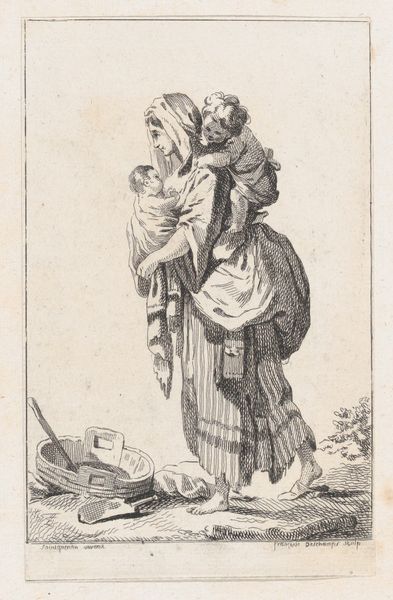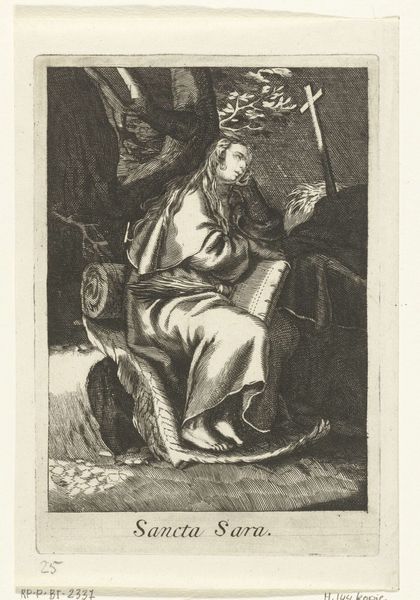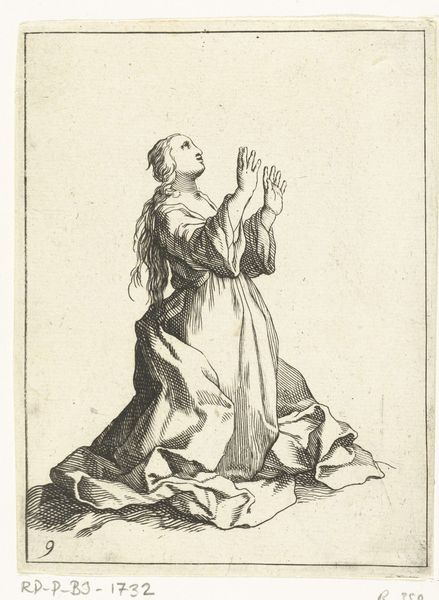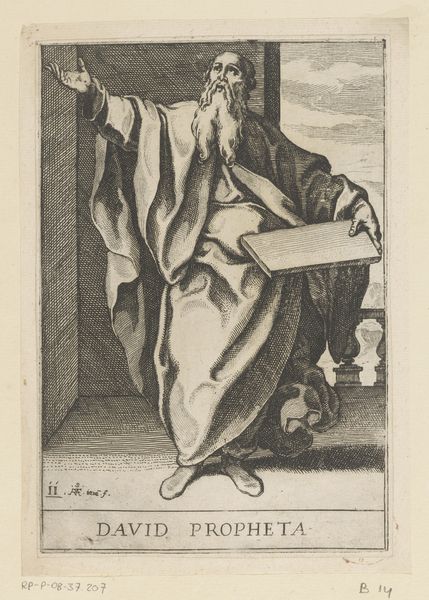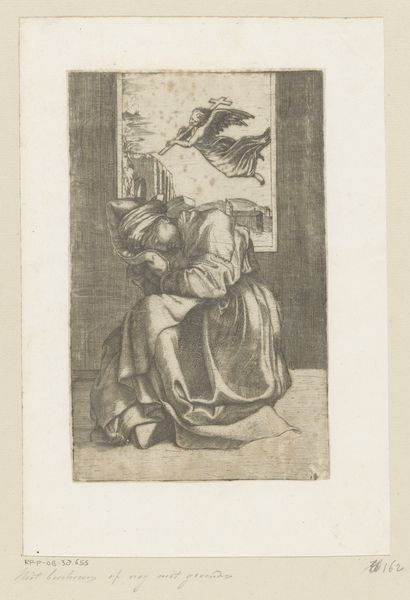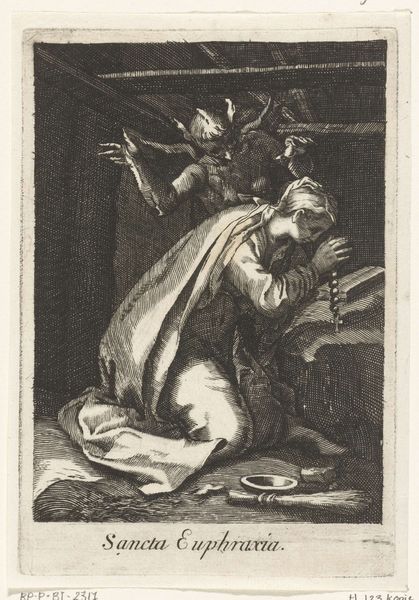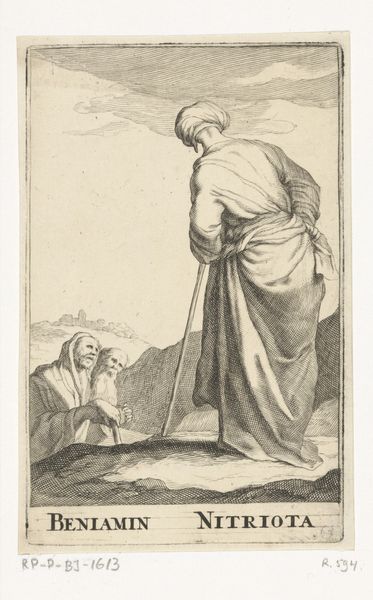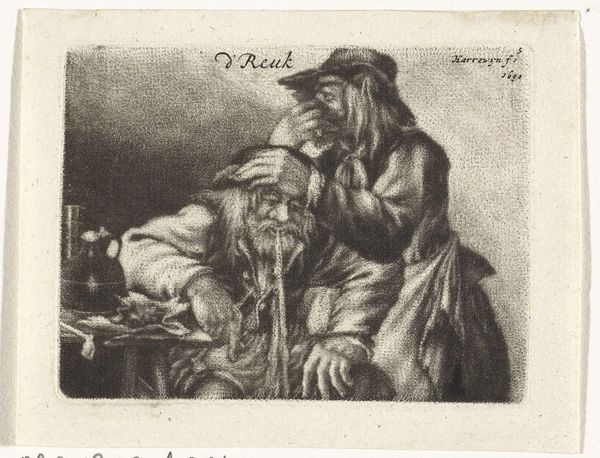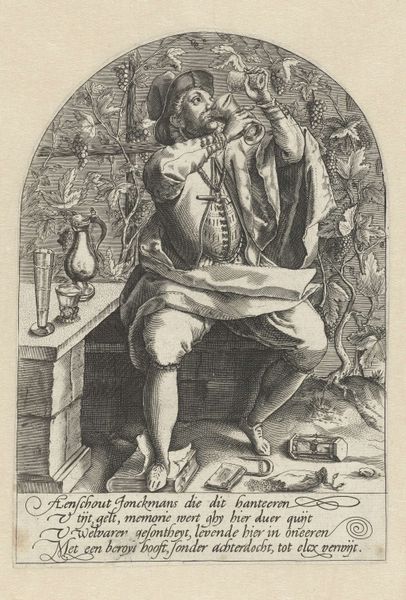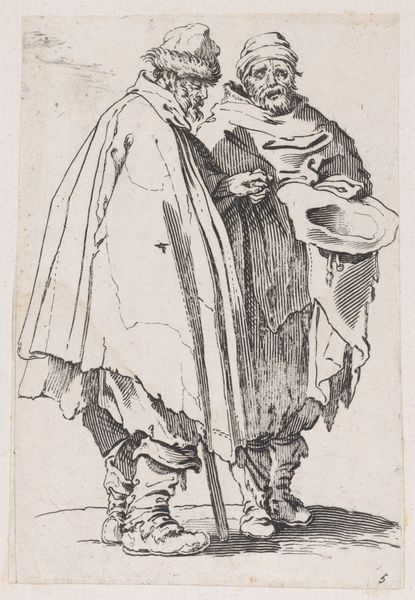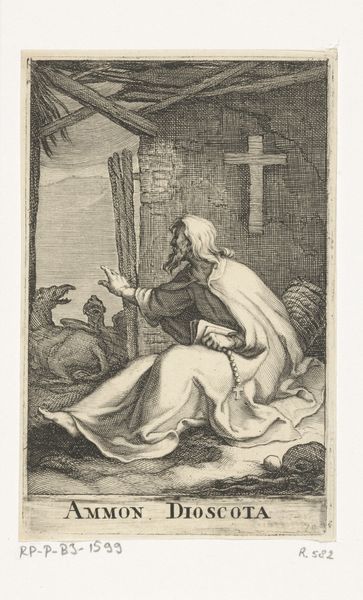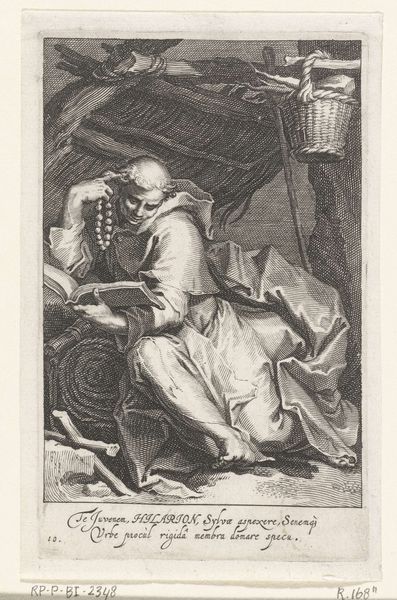
print, etching
#
portrait
#
baroque
# print
#
etching
#
figuration
#
genre-painting
Dimensions: height 187 mm, width 145 mm
Copyright: Rijks Museum: Open Domain
Editor: So, here we have "Seated Peasant with Pipe," a roughly three-hundred-year-old etching by Cornelis Dusart, held here at the Rijksmuseum. What strikes me is how ordinary the subject seems, yet the technique makes it compelling. What stands out to you? Curator: It’s interesting you find the subject ordinary. Consider the societal lens of the Dutch Golden Age. Genre paintings like this, depicting everyday life, gained immense popularity. What’s more interesting is what it signals about shifting power. The rising merchant class, not nobility or the church, became significant patrons. The image normalizes peasant life, arguably as an assertion of bourgeois values or perhaps to give themselves an inflated sense of importance compared to the sitter in this portrait. What purpose might such depictions serve? Editor: I hadn’t thought of it that way. Maybe there's an element of self-congratulation involved? To have this... less idealized figure in their art collections. Curator: Precisely! Furthermore, note the deliberate focus on his attire, and the pipe he's holding, as the accoutrements of labouring man, in direct comparison with what burgeoise audiences are not. This kind of imagery was used politically in the Republic too, if you think about the relationship to contemporary powers in the Habsburg Netherlands, France, and England. Dusart's choice isn’t neutral. Editor: I see. It's much more complex than a simple depiction of a peasant. So, the piece becomes part of this ongoing dialogue between classes, and between ways of life? It is fascinating how looking closely and understanding the period in which art was made helps reveal its full story. Thanks for offering that perspective! Curator: Exactly! It reveals the image as an assertion of a specific world view. It really enriches our reading of what otherwise looks to be the quaint portrait of an anonymous laborer.
Comments
No comments
Be the first to comment and join the conversation on the ultimate creative platform.
